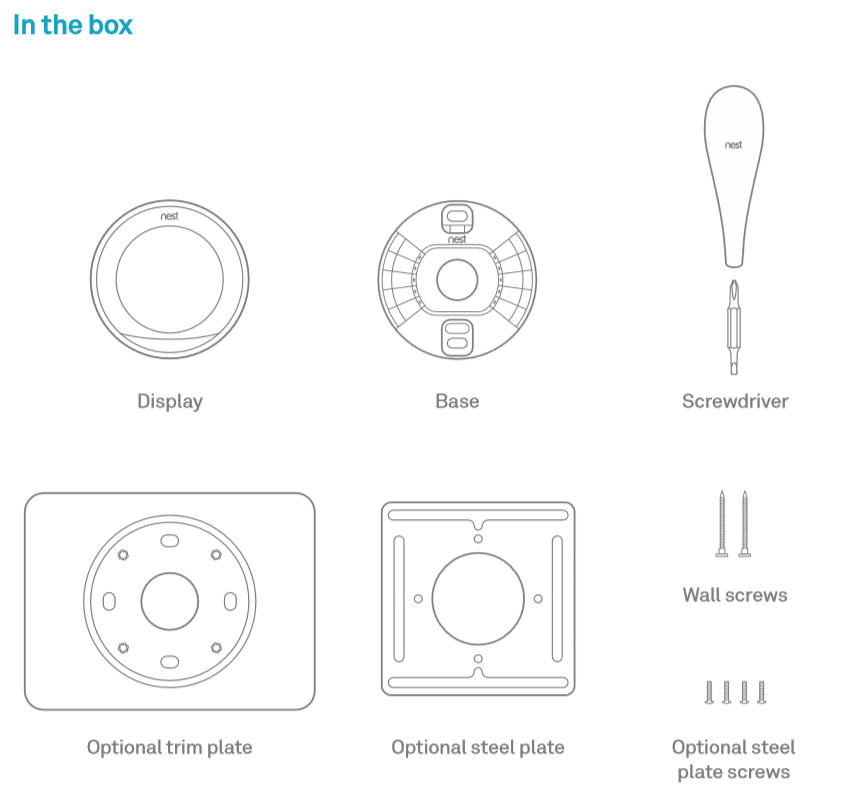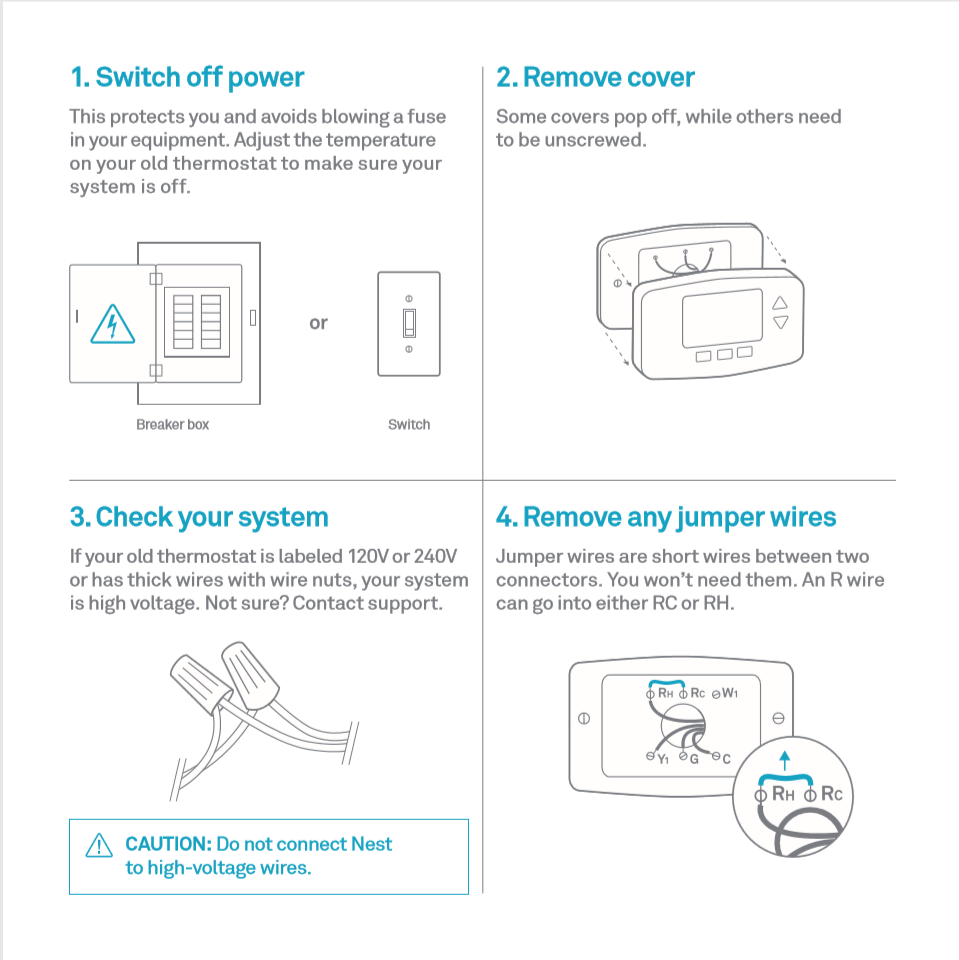The support documentation that accompanies most consumer products is pretty poor.
A few years ago, our family bought a Murphy bed that took me two full days on a weekend to build. When the box was delivered to our house, it weighed more than 50 kilograms and contained dozens of components, including numerous bags of screws, bolts, and nuts. The bed included a 25-page installation guide that mostly relied on images. Here’s a scanned sample of one of the pages (yes, I keep most user documentation for personal purchases):
Notice that the guide minimizes the use of text, a standard that Ikea, the world’s largest furniture retailer, wholeheartedly embraces. The order of steps is presented as a type of legend; the user needs to first look for label 34 and find it in the illustration, then complete the steps shown in label 35, and so on. Other than this mapping exercise, I found that many of the pages in the guide were cluttered. One of my most significant challenges in assembling the bed was that the screws shown at the bottom of the page were not labelled in any of the bags that were packed in the box. There many instances where I found myself scrutinizing a bag of screws—and there were at least 20 bags of them—to determine if this was the right tool for a specific step.
Documentation like this is more common than not. When customers buy a $199 dresser from a store like Ikea I believe they know the instructions will be mediocre and that there is a chance that parts will be missing. It’s a common example of documentation that is barely “good enough.”
Knowing that most consumer documentation is poor at best, I was delighted to purchase a smart thermostat and discover the documentation was actually good. Here’s an example of one of the pages of the installation guide:
I love the use of ample white space, the clear and succinct instructions, and the excellent illustrations. In my experience, good illustrations are a rarity in documentation.
It is obvious to me that the company’s design team (the company in this case is Nest) put in a lot of effort to make the product intuitive and simple. I was able to install the thermostat in about 30 minutes without a glitch.
My only suggestion to the company’s support team would be to include a user guide in the box. Currently, if you need step-by-step instructions on operating the thermostat, you need to visit Nest’s website.
If the online reviews are any indication, a lot of people love the Nest thermostat. Admittedly, it’s a premium product so it’s design and documentation is noticeably better than many products.
Have you experienced consumer documentation that has impressed you?



 I have worked as a
I have worked as a
Leave a Reply